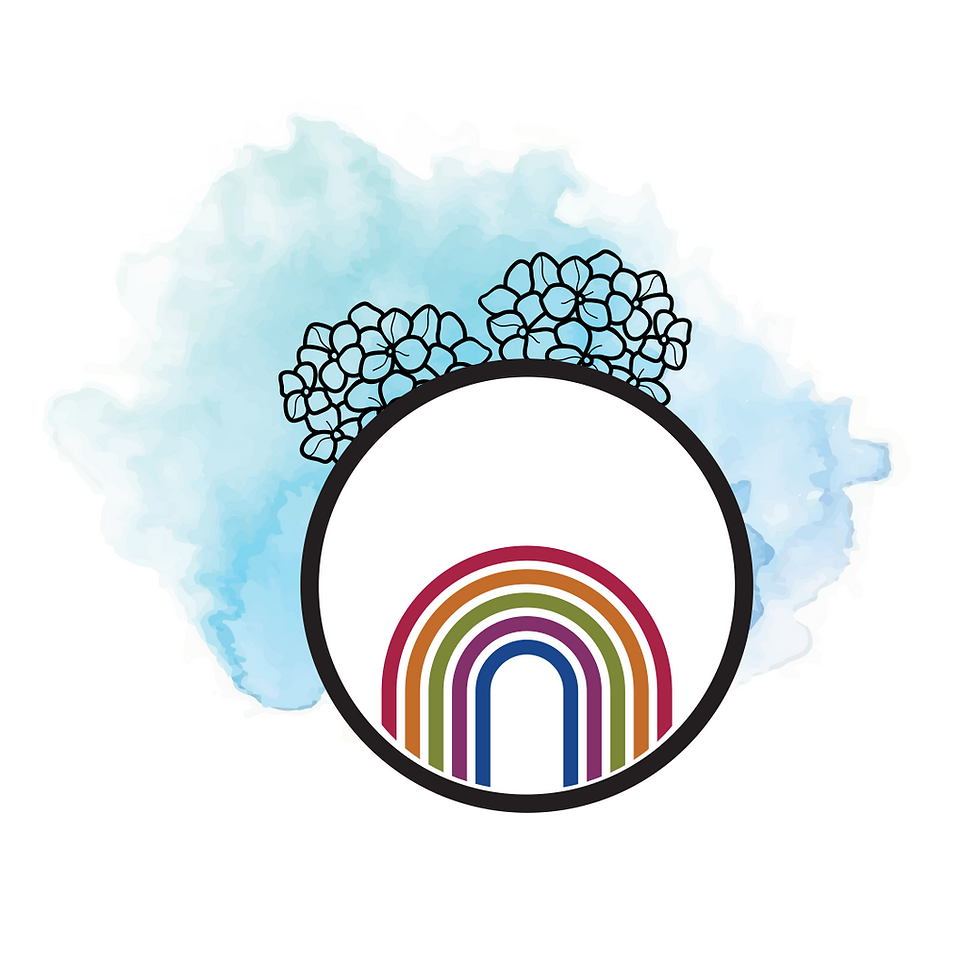
Navigating the Spectrum: A Deeper Look into Autism
Sep 9, 2024
3 min read
0
17
1
Autism Spectrum Disorder (ASD) is like a unique lens through which some people view the world. It’s not about being "broken" or needing to be "fixed," but about experiencing things differently.
Imagine seeing the world in high definition with certain details magnified—sometimes that can be beautiful, and other times, a bit overwhelming.
In this post, we’re going to explore what ASD really is, how it shows up in everyday life, and how you can spot the early signs, whether in children or adults.
What is Autism Spectrum Disorder?
"Think of ASD as a different operating system for the brain. It’s a lifelong condition, usually noticeable in early childhood, but sometimes it takes a while to recognize. The key thing to remember? It’s not a disease. It’s just another way of being human." - Musqan Butt.
People with ASD might find social interactions tricky, prefer routines, or have intense interests in certain subjects. But they also bring incredible strengths—like creativity, focus, or a fantastic memory.
How Does ASD Show Up in Real Life?
Every person with ASD is different, just like no two snowflakes are the same. Here’s a peek into what that might look like:
Social Interactions: Some children with ASD might prefer playing alone, finding comfort in organizing toys instead of joining a group game. For adults, this might mean challenges in picking up on social cues, making relationships a bit tricky to navigate.
Communication: While one child might repeat phrases they’ve heard (ever heard a little one mimic a commercial?), an adult might struggle with expressing emotions, leading to some misunderstandings in conversations.
Routines & Repetition: Routine is often a safe haven. A child might insist on walking the same route to school every day, while an adult could become unsettled if their daily schedule gets disrupted. These routines help in managing anxiety or sensory overload.
Special Interests: Imagine knowing everything there is to know about trains or ancient history. That’s the kind of deep dive someone with ASD might take into their favorite subject. It’s not just a hobby—it’s a passion that brings them joy and expertise.
Spotting the Early Signs
Early signs of ASD are like subtle hints that something might be different. The sooner these signs are noticed, the quicker support can be provided. Here’s what to look out for:
Delayed Speech: If a toddler isn’t babbling or using gestures by 12 months, or if their vocabulary is much smaller than other kids their age, it might be worth keeping an eye on.
Playing Alone: While most kids are drawn to playing together, a child with ASD might be content in their own world, showing little interest in what others are up to.
Limited Eye Contact: If a child avoids eye contact or their facial expressions don’t match their emotions, these might be early indicators of ASD.
Sensitive to Sensory Input: Some children with ASD might find certain lights, sounds, or textures overwhelming—like covering their ears at loud noises or refusing to wear certain fabrics.
Repetitive Behaviors: Watch for repeated movements like hand-flapping or spinning objects. These can be comforting routines for a child with ASD.
Why Early Support Matters
Catching these signs early on can make a world of difference. With the right support—like speech therapy, occupational therapy, and tailored educational plans—children with ASD can develop skills that help them thrive. And for adults, understanding their ASD can lead to better support, both at work and in daily life.
"ASD is a spectrum, meaning there’s no one-size-fits-all approach. What’s important is meeting each person where they are, with empathy and understanding." - Safeena Nazar
Sep 9, 2024
3 min read
0
17
1
_tiff.png)






.png)

Autism presents differently in everyone. A good ASD test with a personalized report can help you understand your unique profile of strengths and challenges.